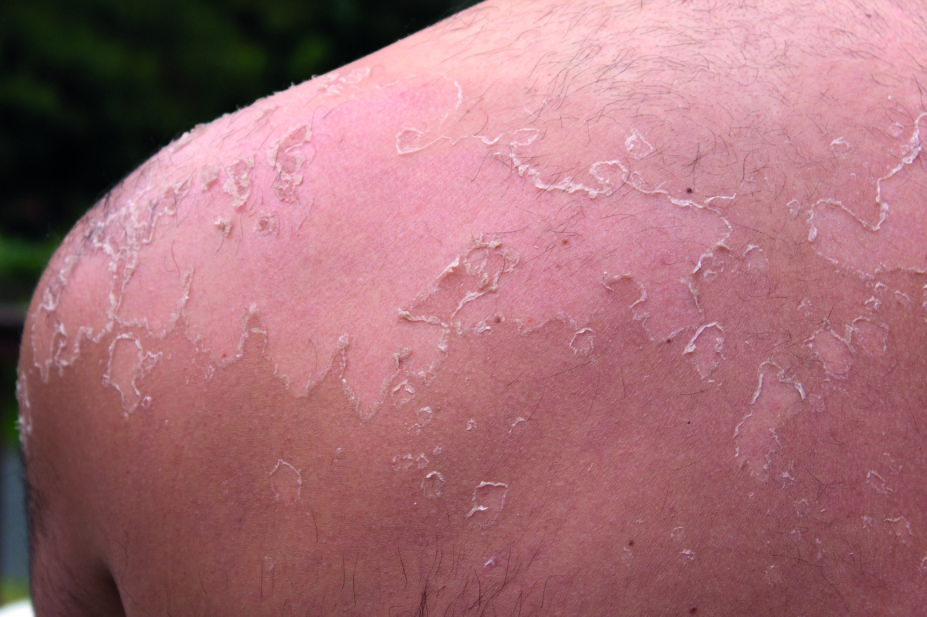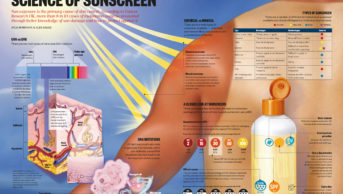
Shuttertsock.com
Epidemiological evidence suggests that there is a causal relationship between UV exposure and skin cancer, and individuals with fair skin are the most at risk of malignancies.
Small-molecule salt-inducible kinase (SIK) inhibitors have been demonstrated to regulate microphthalmia-associated transcription factor (MITF), a regulator of expression of numerous pigment enzymes, so scientists decided to investigate whether SIK inhibitors could be used topically to induce skin tanning in the absence of UV light.
In both in vivo studies and in vitro human skin tests, topical SIK inhibitors upregulated the MITF gene and induced melanin production in a similar biological process seen in normal human epidermal pigmentation.
These results demonstrate a small-molecule, UV-independent approach to skin tanning that could have an impact on UV protection and skin cancer risk, the researchers conclude in Cell Reports
[1]
(13 June 2017), but further studies are required to assess optimal applications and safety in clinical settings.
References
[1] Mujahid N, Liang Y, Murakami R et al. A UV-independent topical small-molecule approach for melanin production in human skin. Cell Rep 2017;19:2177–2184. doi: 10.1016/j.celrep.2017.05.042


